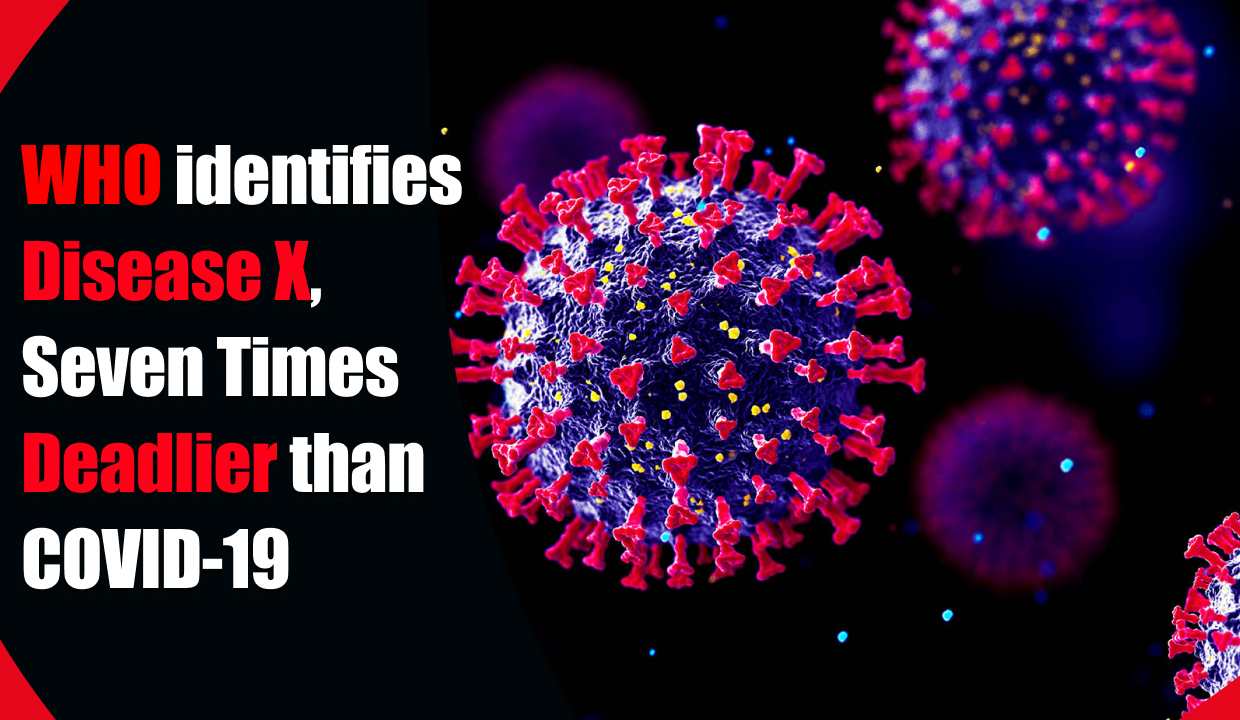Dame Kate Bingham, head of Britain’s Vaccine Taskforce, cautions about an impending health crisis known as Disease X, as designated by the World Health Organization (WHO). It is believed to pose a threat seven times greater than COVID-19, potentially claiming 50 million live.
Swift-Emerging Epidemic: Existing Virus Mutation.
Disease X: Reports from the Daily Mail suggest that this epidemic may swiftly emerge, with cases becoming apparent due to the rapid mutation of viruses. The primary concern is that this new threat stems from existing viruses, making it imperative to monitor and prepare for its potential impact on global health.

Mutation means change in the genetic material of an organism. When a virus makes millions of copies of itself and passes from one person to another or from an animal to a human, each copy is different. This difference increases in copies.
After some time, a new strain emerges. This is a very common process. Viruses keep changing their form. Seasonal influenza appears in a new form every year.
Work on making vaccine started even before the epidemic
- British scientists proactively initiated vaccine development for Disease X prior to its outbreak.
- They studied 25 different types of viruses, with a specific focus on those originating in animals.
- The concern lies in zoonotic viruses, which can transmit from animals to humans.
- Climate change has led to wildlife encroachment into residential areas, increasing the risk of zoonotic diseases.
Climate change is spreading diseases

- Climate change, driven by deforestation and industrialization, increases human contact with animals and disease vectors.
- Adaptation of animals to changing climate conditions allows them to thrive in new environments.
- This interaction leads to the spread of diseases dangerous to humans.
- Research indicates that climate change is causing the proliferation of diseases.
- Rising temperatures force animals to migrate to cooler areas, bringing diseases to previously unaffected regions.
- For example: Possums in Australia, facing changing temperatures, may spread diseases to new countries like New Zealand.
Disease X Direct contact with diseases is increasing
Disease X: Human existence is intricately connected with various organisms vital for sustenance. Whether through consumption or close interaction, humans inevitably encounter the bacteria residing within these organisms or the diseases they may carry. This direct contact with microorganisms is an inherent part of our daily lives.
Through the consumption of plants and animals, we inadvertently expose ourselves to the bacteria and pathogens they harbor. These interactions underscore the importance of understanding and managing disease risks associated with our dietary choices and the broader ecosystems we inhabit. Vigilance in monitoring and addressing such risks is crucial to safeguarding public health and promoting overall well-being.



